Opening Weekend: Tchaikovsky’s Serenade for Strings
Sponsored By
- September 10-11, 2021

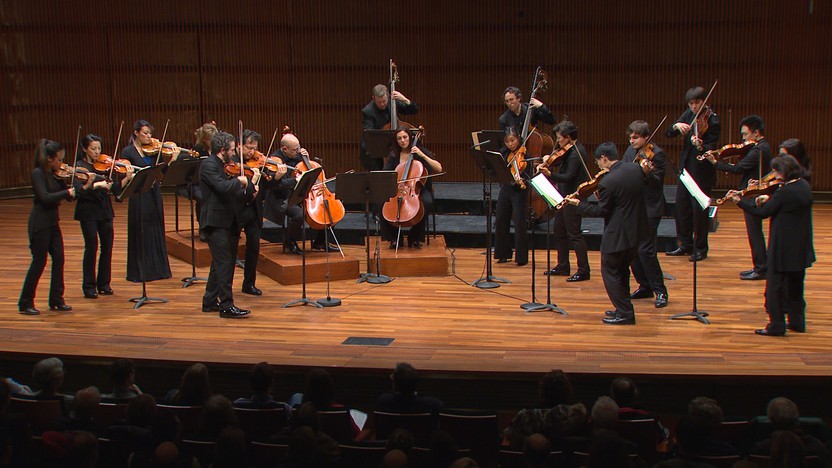
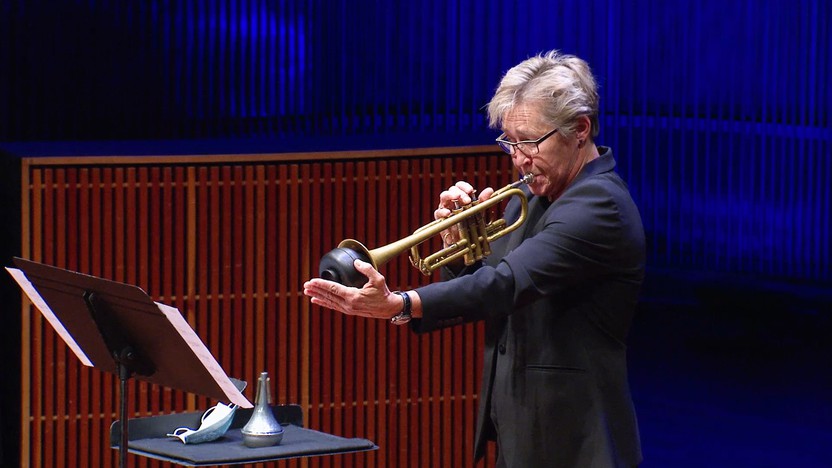
Sponsored By

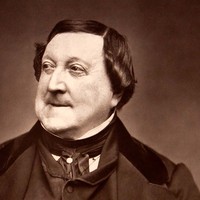
Gioachino Rossini was the greatest opera composer of his generation. From his first comic farce, written at age 18, to his crowning work for the stage, William Tell, he dashed off an astounding 39 operas in 19 years. Then, at the height of his fame and creative powers, Rossini withdrew almost entirely from composing. He never wrote another opera in his remaining 40 years.
Il signor Bruschino was already the eighth opera created by Rossini, who was just shy of his 21st birthday, and it marked the fourth commission in the span of a year from Venice’s Teatro San Moisè. As with his previous works for Venice, this new one-act opera took the form of a comic farce, featuring a small cast of performers who were as much comedians as singers.
The complete title of this opera hints at the basic outline of the story — Mr. Bruschino, or the Son by Accident. Florville wants to marry his beloved Sophia, but she is already promised to the son of one Mr. Bruschino. Florville pretends to be the younger Mr. Bruschino, but everything goes awry when the real Bruschino senior arrives and finds this other suitor impersonating his son!
The most distinctive sound in this playful overture is the rhythmic tapping of violin bows. The effect is surprising and whimsical, but the musical logic behind it is quite sturdy, with the rhythms mimicking themes already heard from the orchestra.
Aaron Grad ©2021

My piece Tableau No. X for solo trumpet is a part of a series of solo pieces that I’ve been writing for the past several months. Each work is for a different solo instrument and explores their expressive possibilities. Some composers of the latter half of the 20th century have explored this idea, notably Luciano Berio (14 Sequenzas), Vincent Persichetti (25 Parables), and Elliott Carter (6 Figments and 5 Retracings). Coincidentally, these are some of my favorite composers. This Tableau was commissioned by The Saint Paul Chamber Orchestra for Lynn Erickson (Trumpet).
Tyson Davis ©2020

Circling Back seems to reflect the moment of its creation, as well as the hope that things are getting better. It feels like waking up. It feels like remembering something significant. It feels wistful but determined. The expression “circling back” conjures images of a flight and the sense that we had been driven from our course but are now returning to the path we had charted, to the hopes and ideas we had to defer. Thank you to The Saint Paul Chamber Orchestra, Cassie Pilgrim and Sarah Lewis for bringing this piece to life. I’m incredibly grateful to have had this opportunity to circle back to music-making with you.
Viet Cuong ©2021
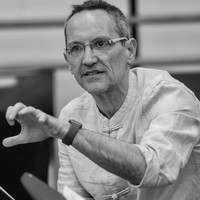
Astor Piazzolla, the last great Tango composer, was at the peak of his creativity when a stroke killed him in 1992. He left us, in the words of the old tango, "without saying goodbye," and that day the musical face of Buenos Aires was abruptly frozen. The creation of that face had started a hundred years earlier from the unlikely combination of African rhythms underlying gauchos' couplets, sung in the style of Sicilian canzonettas over an accompanying Andalucian guitar. As the years passed all converged towards the bandoneon: a small accordion-like instrument without keyboard that was invented in Germany in the 19th century to serve as a portable church organ and which, after finding its true home in the bordellos of Buenos Aires' slums in the 1920s, went back to Europe to conquer Paris' high society in the 1930s. Since then, it reigned as the essential instrument for any Tango ensemble.
Piazzolla's bandoneon was able to condense all the symbols of tango. The eroticism of legs and torsos in the dance was reduced to the intricate patterns of his virtuoso fingers (a simple C major scale in the bandoneon zigzags so much as to leave an inexperienced player's fingers tangled). The melancholy of the singer's voice was transposed to the breathing of the bandoneon's continuous opening and closing. The macho attitude of the tangueros was reflected in his pose on stage: standing upright, chest forward, right leg on a stool, the bandoneon on top of it, being by turns raised, battered, caressed.
I composed Last Round in 1996, prompted by Geoff Nuttall and Barry Shiffman. They heard a sketch of the second movement, which I had written in 1991 upon hearing the news of Piazzolla's stroke, and encouraged me to finish it and write another movement to complement it. The title is borrowed from a short story on boxing by Julio Cortázar, the metaphor for an imaginary chance for Piazzolla's spirit to fight one more time (he used to get into fistfights throughout his life). The piece is conceived as an idealized bandoneon. The first movement represents the act of a violent compression of the instrument and the second a final, seemingly endless opening sigh (it is actually a fantasy over the refrain of the song My Beloved Buenos Aires, composed by the legendary Carlos Gardel in the 1930s). But Last Round is also a sublimated tango dance. Two quartets confront each other, separated by the focal bass, with violins and violas standing up as in the traditional tango orchestras. The bows fly in the air as inverted legs in crisscrossed choreography, always attracting and repelling each other, always in danger of clashing, always avoiding it with the immutability that can only be acquired by transforming hot passion into pure pattern.
Osvaldo Golijov ©1996
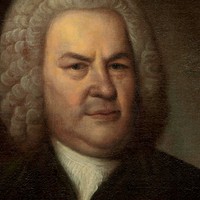
The Air on the G String, as it is commonly known, is actually the second movement of Johann Sebastian Bach’s Third Orchestral Suite, composed in 1731. The “G String” of the title refers to the lowest string of a violin, and a particular arrangement dating from 1871 by violin virtuoso August Wilhelmj, who played this wide-ranging melody all on one string as a kind of artistic tightrope act. Since then, the Air has taken on a life of its own for its lyrical beauty and the timeless flow of its walking bass line, whether played by a solo violin, or done in its original form for a small chamber orchestra as we perform it in these concerts. (We do not play it all on the G String!)
It is a remarkably meditative and comforting song without words that has served as a moment of reflection for many special occasions. One aspect of the work that has given it even more staying power is the beauty of the inner voice writing. The melody in the first violins is the star, but the contributions of the second violins and viola add immeasurably to the emotional depth of the work.
Kyu-Young Kim ©2021
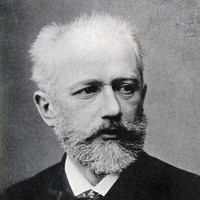 Listen to Audio
Listen to Audio
“How fickle my plans are,” Pyotr Tchaikovsky wrote, “whenever I decide to devote a long time to rest!” Tchaikovsky’s time with his sister in Ukraine turned into a working vacation that summer of 1880, as he confided to his patron, Nadezdha von Meck. “I had just begun to spend a series of entirely idle days, when there came over me a vague feeling of discomfort and real sickness; I could not sleep and suffered from fatigue and weakness. Today I could not resist sitting down to plan my next symphony — and immediately I became well and calm and full of courage.”
Tchaikovsky’s plan for that music wavered between a symphony and a string quartet, until he landed on something in between: a serenade for string orchestra. The title and form of the work paid homage to Wolfgang Amadeus Mozart, the greatest composer of serenades, whom Tchaikovsky once praised as “the culminating point which beauty has reached in the sphere of music.”
The Serenade for Strings merges a Classical sense of order with Tchaikovsky’s own abundant gift for melodic expression. Despite the modest heading that promises a “Piece in the form of a Sonatina,” the first movement establishes a grand and noble tone with a reverent chorale. Instead of a minuet or scherzo, the second movement offers a flirtatious diversion in the form of a Waltz. The slow movement, labeled an Elegy, takes a more somber turn. In the finale, the “Russian theme” promised by the subtitle is an amalgamation of folk material that Tchaikovsky harvested from a printed collection.
Aaron Grad ©2021
All audience members are required to present proof of full COVID-19 vaccination or a negative COVID-19 test within 72 hours prior to attending this event. Masks are required regardless of vaccination status. More Information
Concerts are currently limited to 50% capacity to allow for distancing. Tickets are available by seating area and price scale, and specific seats will be assigned prior to each concert. Please email us at tickets@spcomail.org if you have accessibility needs for seating. Seating and price scale charts for the Ordway Concert Hall can be found at thespco.org/venues.
Get driving directions and find nearby parking.
Find dining options close to the venue.
View seating charts to find out where you'll be seating.
SPCO concerts are made possible by audience contributions.
For exclusive discounts, behind-the-scenes info, and more:
Sign up for our email club!
